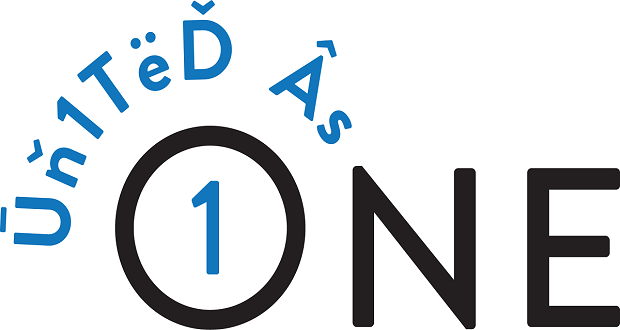
Diversity and inclusion need to evolve, to equip people with a deeper level of empathy, vulnerability, and discomfort. In addition to diversity and inclusion, we need to practice expansion.
I define expansion as building community across the chasm of our differences. Expansion requires us to broaden our sights beyond the comfortable social networks in which we typically reside. It means not just accepting but actually seeking out new voices and divergent ways of thinking, and pushing ourselves to constantly challenge our own ideologies and beliefs.
I recently lost my curiosity in a diversity and inclusion course I was facilitating. I observed one participant sitting with his arms crossed, frowning, barely speaking. I instinctively labeled him as the stereotype, “stubborn old white man who thinks DE&I is a waste of time,” and assumed he was a lost cause. Then, he shared his story:
I observed a participant sitting with his arms crossed, frowning, barely speaking. I instinctively labeled him as the stereotype, 'stubborn old white man who thinks DE&I is a waste of time,' and assumed he was a lost cause.… Click To Tweet“I grew up in poverty. I never knew my father. We lived in a shack, where I either slept with my little brother who wet the bed or on the floor with my mom and the rats. The men who came into our life were physically and emotionally abusive. When I was 18, I joined the Army. Suddenly, I had a family, people who saw my potential and supported me.”
Tears came into his eyes as he continued, “When I got married and had my first child, I told myself that I would be the kind of husband and father I never experienced, and devoted my life to caring for my family. I will be forever grateful to my wife and kids, and to the Army, for helping me learn how to love and be loved.”
The intensity of the emotions in the room as he told his story were palpable, as the group saw beyond our one-dimensional view of him. Because he was willing to invite us to look beneath the surface, we could empathize at a deeper level.
What is emotional ownership?
In his book, The War for Kindness, Jamil Zaki says when you empathize with someone, you “take on their emotions, decode their thoughts, and worry about their welfare.” That level of empathy, where we care deeply about another person’s well-being and see them for their full humanity, requires emotional ownership.
I define emotional ownership as the ability to recognize and articulate the emotions we and others bring to any experience, especially in encounters with those we perceive as the “other.” Our personal stories carry powerful feelings — pride, anger, fear, grief. Empathy at the deepest level requires us to be able to recognize and validate the emotions we and others bring.
What gets in the way of emotional ownership?
Our natural instinct is to seek safety, stability, and similarity. In moments of identity-based conflict, we have an emotional reaction and our impulse is to either fight back or withdraw in order to defend ourselves.
Ironically, in an age when mobility and technology have given us more opportunities to be exposed to a diversity of voices and perspectives, many of us become less open and empathetic to the story of the “other” side.
Ironically, in an age when mobility and technology have given us more opportunities to be exposed to a diversity of voices and perspectives, many of us become less open and empathetic to the story of the 'other' side. Click To TweetWe are the narrators of our own stories of hardship. We often find ourselves wanting to “one up” each other when we have stories of being in the “one down” position. It takes real effort to practice curiosity and compassion when we so naturally feel compelled to judge, to blame, to answer with “what about…?” The truth is, we all have facets of our identity that automatically give us advantages and disadvantages. Our stories of pain should not preclude us from recognizing others’ stories of pain, because emotional pain isn’t relative.
We all have facets of our identity that automatically give us advantages and disadvantages. Our stories of pain should not preclude us from recognizing others’ stories of pain, because emotional pain isn’t relative. Click To TweetHow do I practice emotional ownership?
- Ask yourself: “What is the story I am bringing with me in this situation?” “What emotions are tied with this story?”
- Seek others’ stories: “Can you help me understand…” “Can you give me an example of…”
- Ask others to share emotions: “What was that like for you?” “How did that experience impact you?”
- Validate others’ emotions: “I can see that experience was powerful/challenging for you.” “I can imagine that must have been frustrating/concerning/exciting for you.”
- Share your story: “If I can offer my perspective/story…” “May I share my experience with you? It might give you an idea of where I’m coming from.”
Emotional ownership requires courage and humility. It requires us to step out across the chasm of our differences to connect with the “other.” When we do, we honor one another’s humanity and model true inclusion.



















